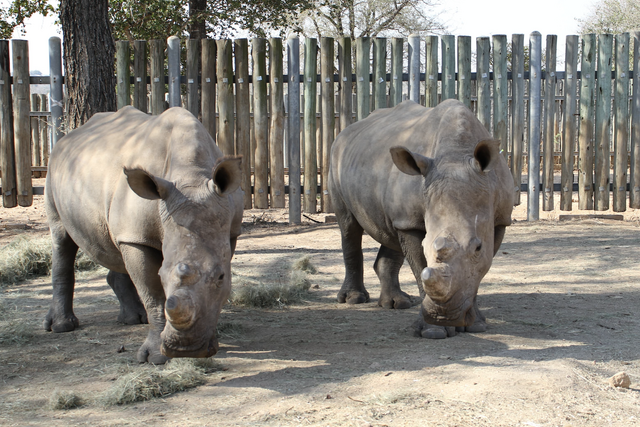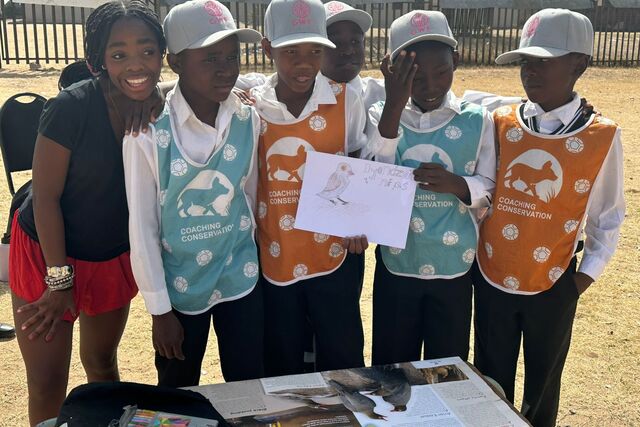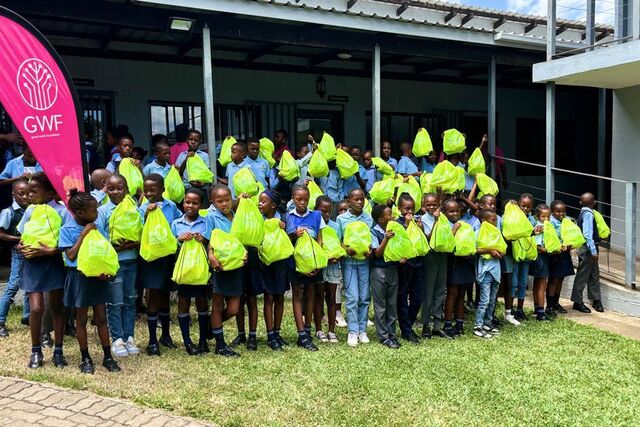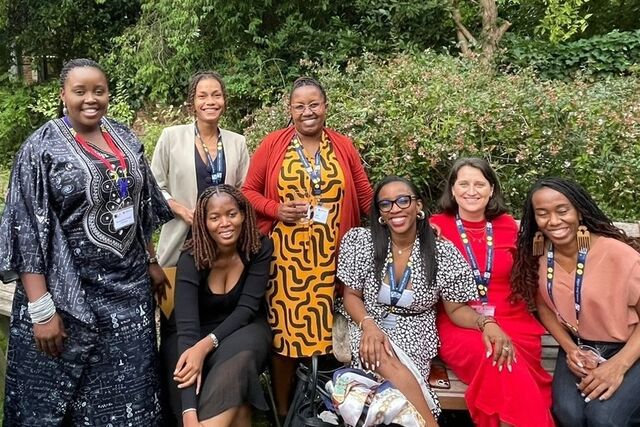Brain breaks: stretch, move and play your way to optimal productivity at school and work
Struggling to concentrate in class, at university or at work? Recharge your grey matter and take a brain break! So say educators from Good Work Foundation (GWF), who have found that taking short mental breaks from tasks helps children to focus and retain information.
Crispen Bvumbghe, the teacher support manager at GWF, says the facilitators at the non-profit’s Open Learning Academy have seen first-hand the benefits of children taking a few minutes during lessons to move about.
This could take the form of stretching, dancing, breathing exercises, playing “Simon says” or singing interactive rhymes such as “Head, shoulders, knees and toes”. This lively, interactive and engaging approach to learning ties in with GWF’s overarching mission to reimagine education for communities in rural South Africa, he says.
‘Reset physically and mentally’
“Brain breaks are intentional pauses in learning to enable learners to reset physically and mentally. It’s about standing up and moving around, and not sitting still for long periods,” Bvumbghe explains.
“Most people struggle to concentrate for more than 20 minutes at a time. For children, that period is even shorter. But if they take regular breaks and return to their tasks refreshed, they’re able to reduce cognitive fatigue and start thinking and doing again.”
Bvumbghe warns that if educators don’t take children’s natural attention spans into account, they risk “losing them” in the classroom. Taking time out during a lesson to do a brief activity results in better memory retention, heightened creativity and improved performance at tasks.
“Brain breaks not only keep learners engaged but help their teachers or facilitators with classroom management, too, because bored learners tend to fidget and be disruptive. It makes each learning session far more productive.”
The same principles can be applied to office work, he says – it’s beneficial to step away from the computer to walk about, stretch or do a physical task before returning, refreshed and refocused.
GWF CEO Kate Groch, a former teacher, believes it’s essential to revolutionise and reimagine the old ways of doing things in the classroom, in tune with the modern realities teachers and learners face. She says taking regular mental breaks – be it at school or in the office – allows us to “switch on” different parts of the brain.
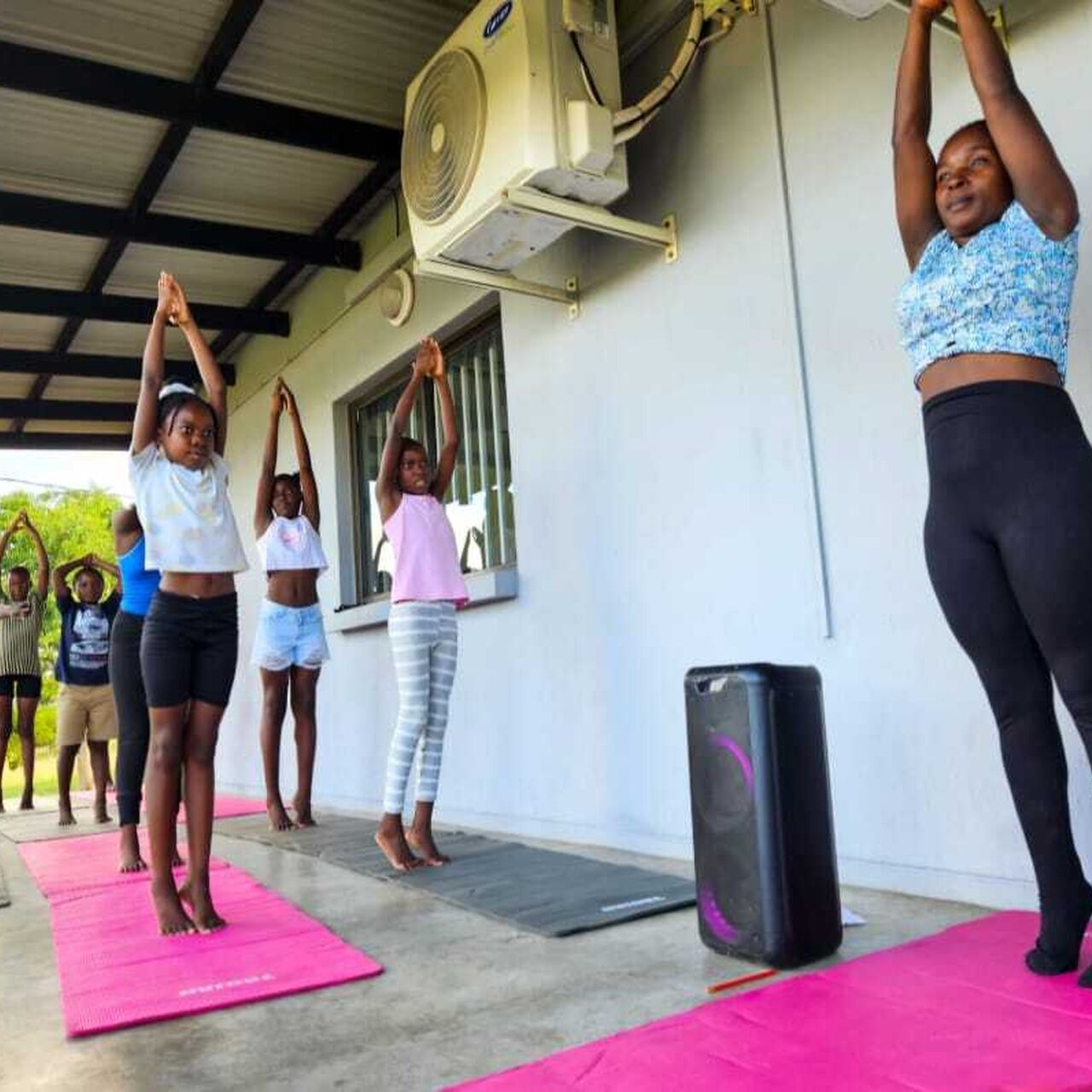
Good Work Foundation
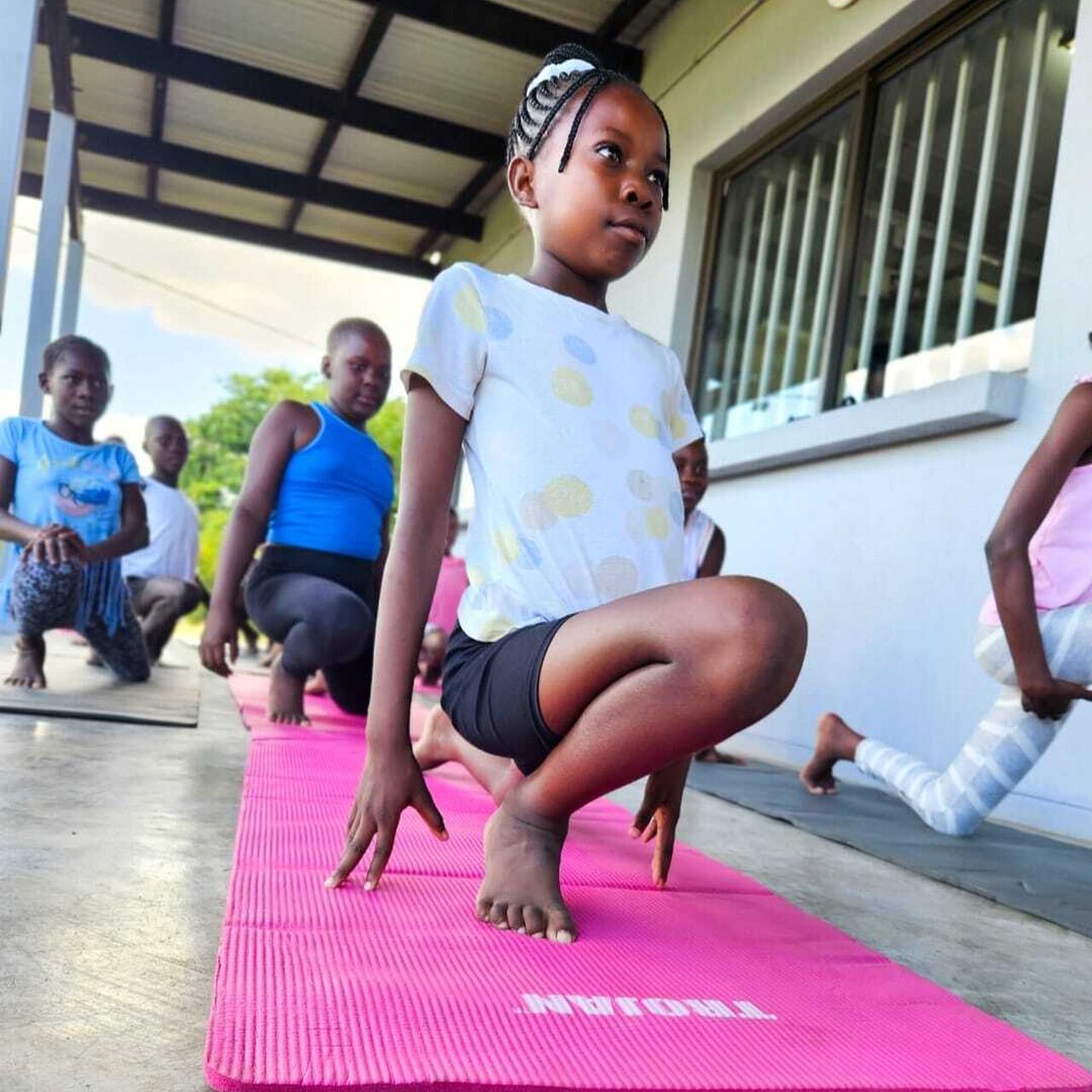
Good Work Foundation
‘Bring your whole self to the learning process’
“The status quo at our schools is that we’ve got a large number of kids sitting still for a very long time, which is the opposite of what children should be doing,” she explains. “Learning has become passive. But brain breaks literally break up learning time, and compel you to bring your whole self to the learning process – your physical self and your mental self. Even though we call them brain breaks, they’re actually body breaks, too.”
She maintains that introducing fun, play and interactivity also improves children’s perceptions of the learning space. “Kids like to move while they learn, so we need to energise them, turn on their brains, and keep them focused and excited to learn.”
Groch believes that such pauses teach children an important skill to carry into adulthood: the ability to stop what you’re doing, take a break and then return to it and complete it – instead of losing your train of thought and abandoning a task.
“There’s a modern tendency to run after bright, shiny objects without regrouping and going back to what we’re focusing on. It’s important to be able to stop what you’re doing and then go back to it. And the way to do that is to break up learning time into bite-sized pieces.”
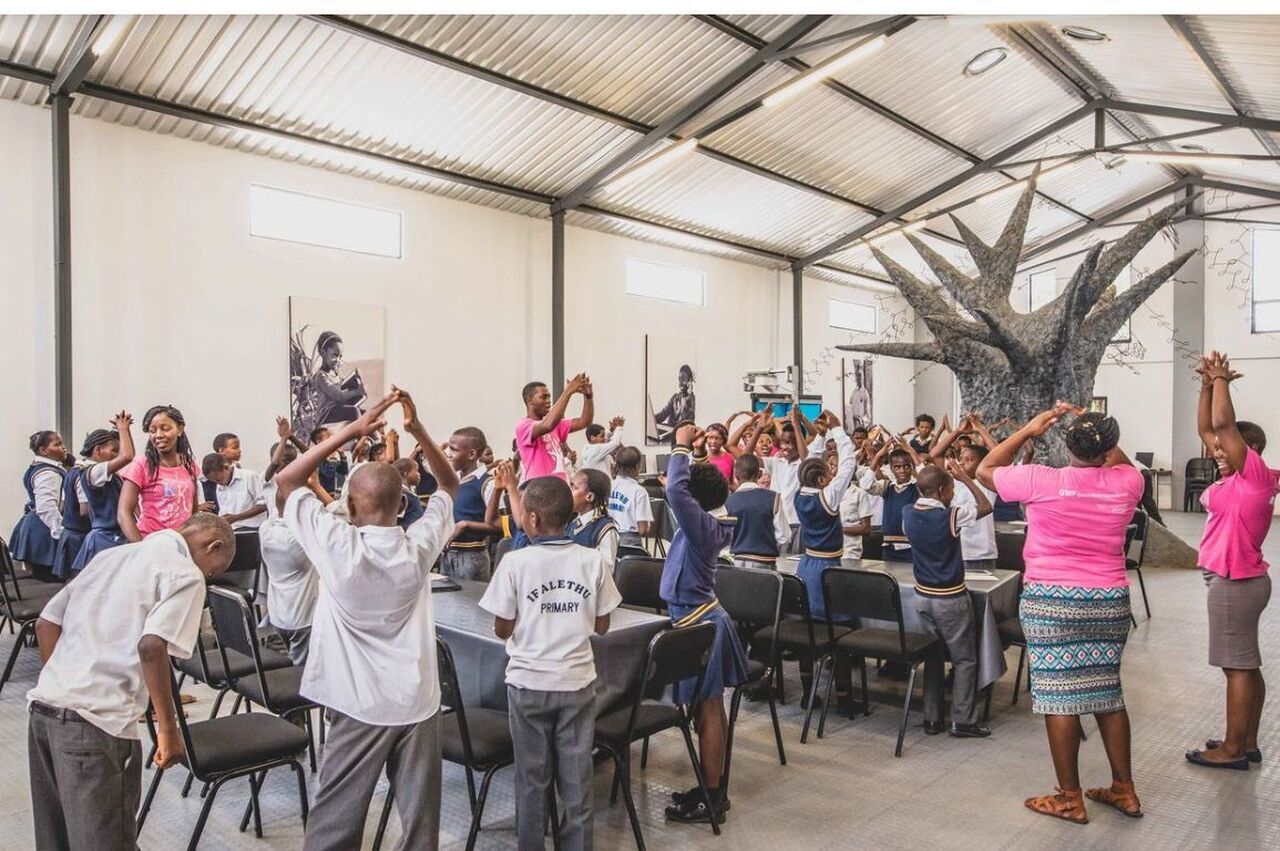
Good Work Foundation
‘When your bum is numb, your brain is dumb’
Keller Education has been a GWF training partner for almost five years, assisting the non-profit in bringing its vision of wonder-filled education to life for rural children. CEO Brad Keller says the human brain was not designed to sit still and read all day. “As we often say in our training with GWF, ‘When your bum is numb, your brain is dumb.’”
Neuroscience has shown that incorporating movement is a natural way to ignite learning in educational spaces, says Keller – it improves blood flow and increases oxygen to the brain.
“Children can only focus for the number of minutes equal to their age – up to a maximum of about 20 minutes. So, that 10-year-old boy arriving at a GWF campus? He’ll need a state change after 10 minutes. That means novelty, movement or even laughter to re-oxygenate and re-energise the brain. Brains learn best when bodies move; and that’s science, not opinion.”
Keller says it’s important for educators to adapt to today’s learners, who are from the tech-savvy Generation Alpha. “To truly meet the needs of this generation, we must reimagine education. It’s time to shift from school-centred systems to human-centred classrooms; where every learner is seen, heard and challenged in meaningful ways.”
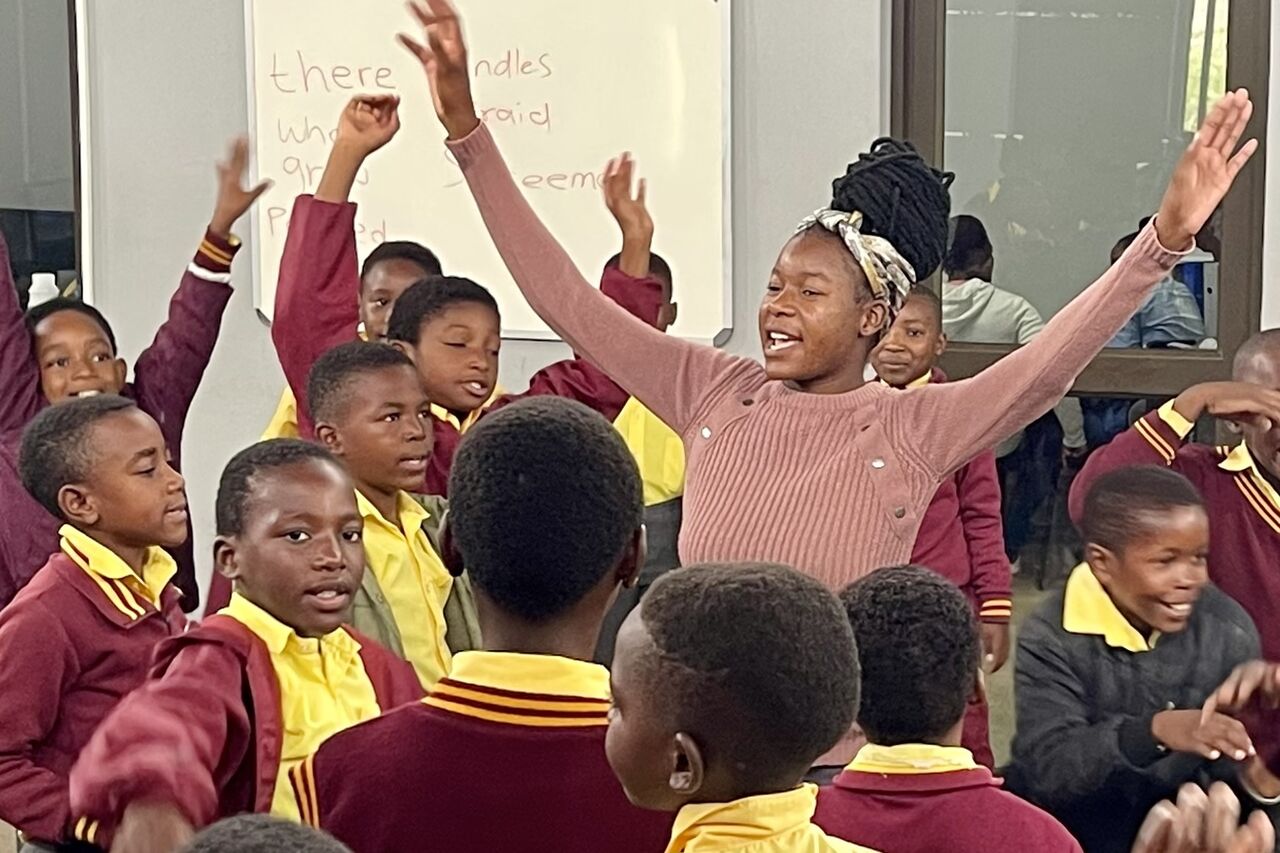
Good Work Foundation
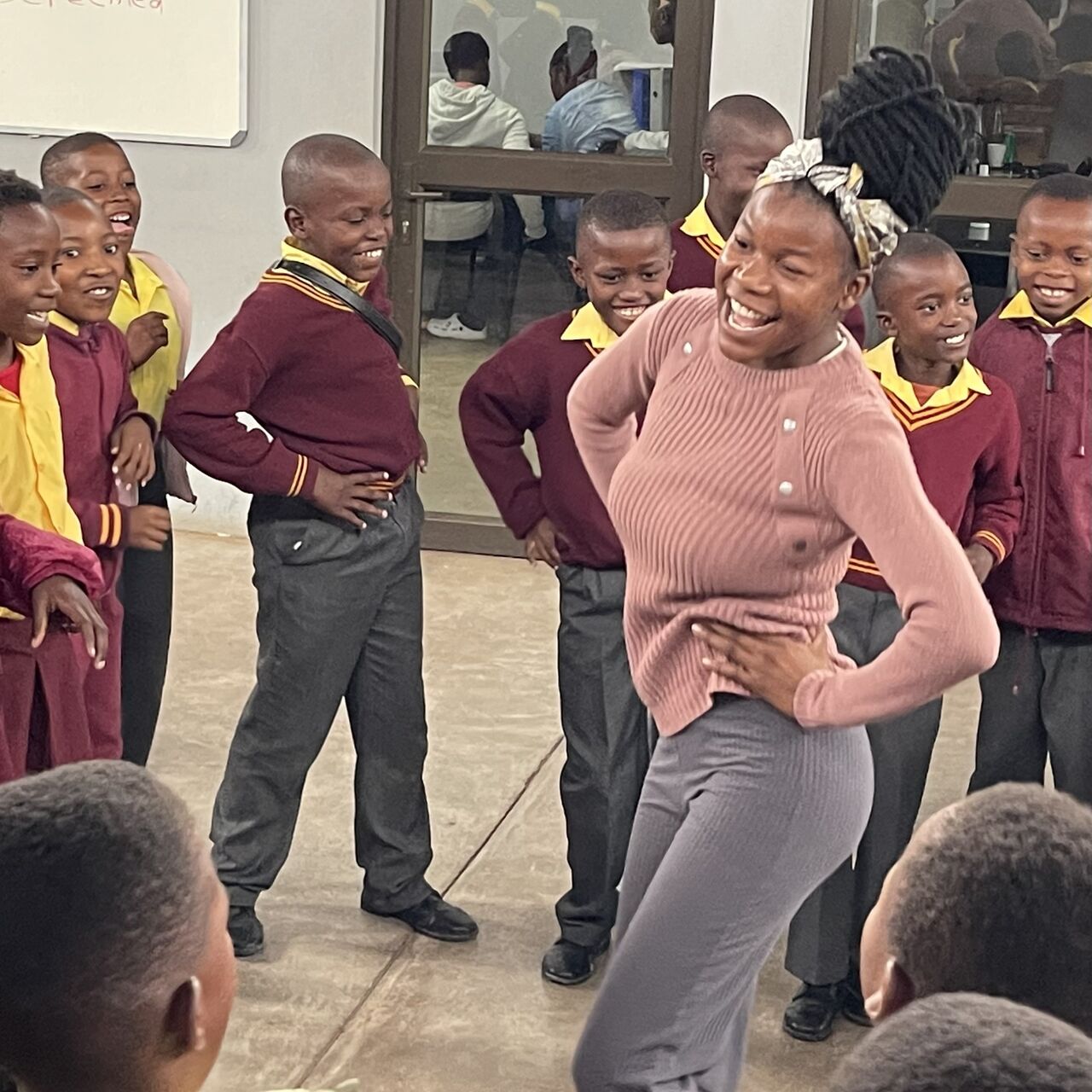
Good Work Foundation
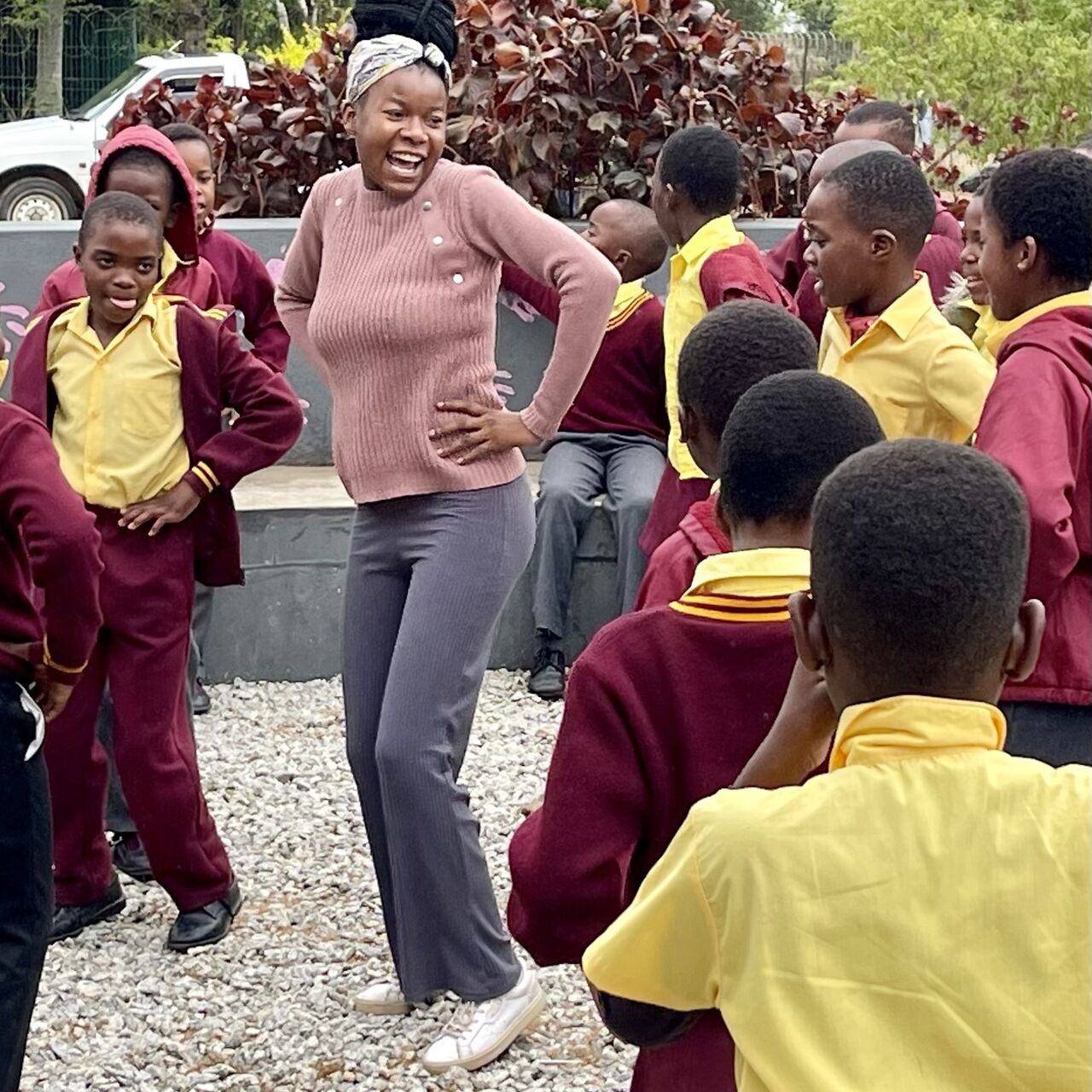
Good Work Foundation
